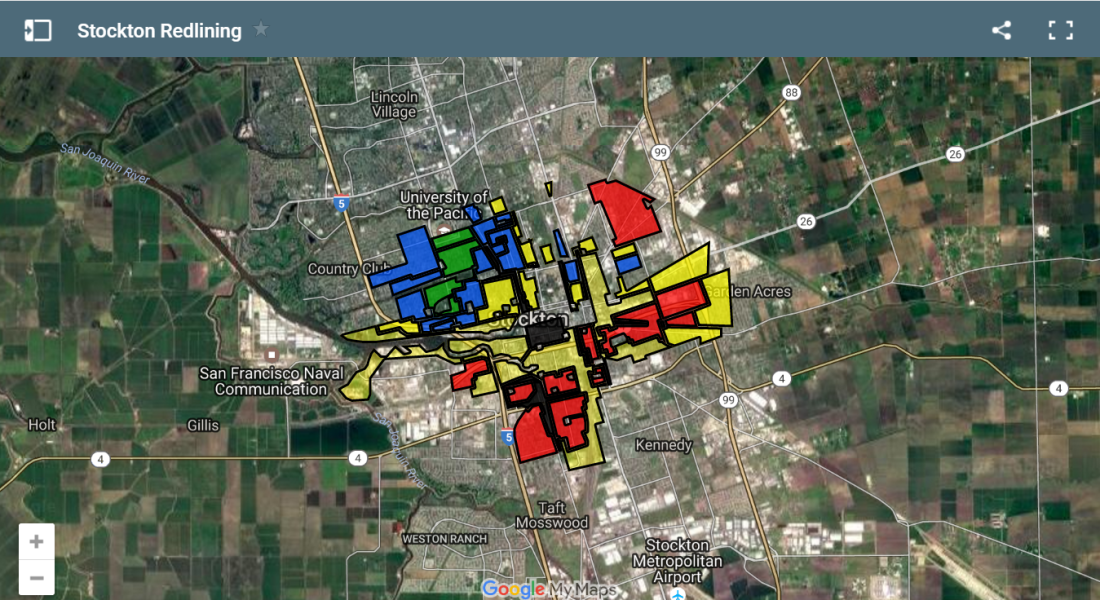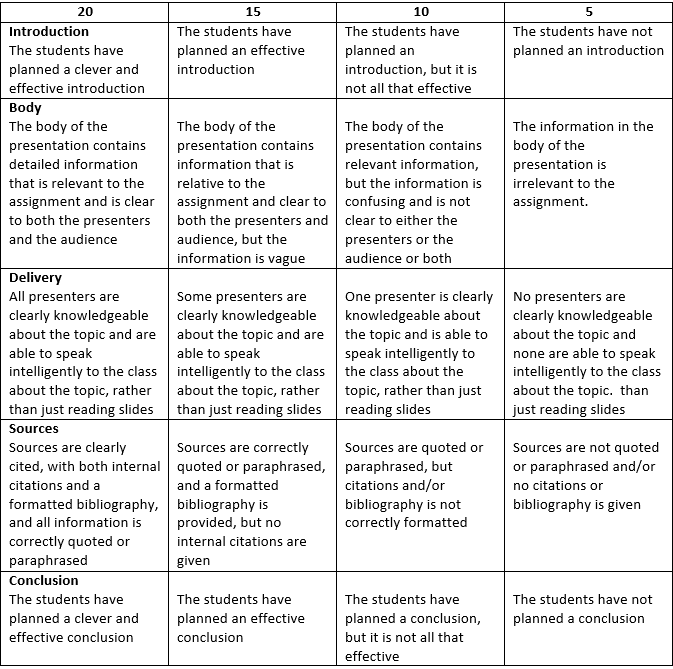The second part of my post on teaching Richard Wright’s 1940 novel, Native Son, is up at Method to the Madness: Creating Critical Thinkers through the Study of Literature. Please click here.
Tag: native son
Teaching Native Son by Richard Wright (Part One)
[This post was originally published here, on the website for Method to the Madness: A Common Core Guide to Creating Critical Thinkers through the Study of Literature.]
For the past two years, I have had the pleasure of teaching Richard Wright’s 1940 novel, Native Son, to high school seniors.
I did not choose this book. I “inherited” the senior IB English classes from an excellent, veteran, and now retired teacher (and good friend), Susan Halseth. I also inherited from Susan her reading list, and teaching the books with which she filled her syllabus, Native Son included, has been a delight.
The intent of this post is simply to share some of the strategies and lessons I’ve used the past couple of years to teach Wright’s novel.
PUTTING NATIVE SON IN CONTEXT
With any novel, a good place to begin is helping students place the book in its larger context (where and when).
With Native Son, I start with something rather informal. I write the years 1919, 1929, 1939, and 1945 on the board, spaced out a bit. Then, maybe in a different color, I add in, chronologically, the year 1940, labeling it as the year that Native Son was published. Then, in pairs or groups, students identify and discuss the significant historical events that surround the novel (respectively: the end of WWI, the beginning of the Great Depression, the beginning of WWII, and the end of WWII).
This is a great way to help students make connections between the literature they are reading in their English classes and the content they have learned in their past or current History classes.
GROUP RESEARCH PRESENTATIONS
After this initial discussion of the novel’s context, we move on to something more formal.
Students are divided into groups, and each group is assigned one of the following research topics (each of which includes subtopics):
The Red Scare (in U.S., first and second)
-Communism
-Marxism
South Side Chicago
-Segregation/ghettos/housing policies
-Hyde Park
The Great Migration
-The Black Belt
-The Harlem Renaissance
NAACP
-origins
-NAACP in the 1930’s
Scottsboro Boys
-who were they and what happened to them
-similar cases or incidents
Richard Wright
-literary career
-ties to Communism
Naturalism (literary movement)
-origins
-characteristics
-major authors
Each of these topics will help a student reading Native Son to better understand the novel, and each group will spend a day or two (or three) researching their assigned topic and preparing a 10ish minute presentation to the class.
[Note: my students use Google Slides when preparing presentations. Here are some benefits of that: 1) All group members can be working on the same presentation file simultaneously, so everyone has “something to do.” 2) Students don’t need a subscription to Microsoft Office to work on the PowerPoint at home; they just need the internet, and there’s a smartphone app available for free. 3) When the group presents, I’m not seeing the presentation for the first time; I have been able (because the presentation was shared to me) to “check in” on the progress of the presentation as it was being developed, and I’ve been able to give feedback while the students were working on it. 4) No more, “I forgot my flash drive; can I present tomorrow?”—it’s all in the cloud.]
As each group is conducting their research and preparing their presentation, it may be necessary to give the group researching naturalism a bit of extra guidance and support, as it can be a complex topic. For an accessible definition of naturalism, see the quiz below.
Another group that may require extra attention is the group of students researching housing policies in South Side Chicago. This will be a key topic when it comes to helping students understand the naturalist view of Bigger’s character and his actions. In fact, in the third section of the novel, Bigger’s defense lawyer, Boris Max, makes an argument that housing policy is in part responsible for Bigger’s situation.
South Side Chicago in the 1930’s was segregated, but it was not segregated because of explicit segregation policies; rather, segregation was the result of housing policies such as redlining and contract selling—policies that were in place in many American cities and the effects of which are apparent today.
In fact, the city that I and my students live in was redlined, and students have access to a map (from the website of data artist Josh Begley) that shows the housing zones in Stockton at the time in which Native Son is set:


These maps allow students to make a personal and authentic connection to the novel, as many of them live in or around the redlined areas, and they have first hand experience of the effects of those policies today.
ORAL PRESENTATION RUBRIC
Below is the rubric that I use to score the student presentations (which they are given beforehand). It is a version of the rubric that I use for all such presentations. I made it a few years ago, and it was specifically designed to eliminate things that bothered me about student presentations, such as…
…students going up to present without any idea how they will begin or how they will end.
…the sense that the group copied down information they don’t understand and now are asking the audience to do the same.
…the sense that one or two students did all of the work and then gave the other students slides or cards to read.
…students reading slides instead of talking to the audience.
…the sense that some students, while presenting, are seeing (or reading) these slides for the first time.
Another thing that I like about this rubric is that it requires students to practice citing sources parenthetically and correctly formatting a works-cited page.

After the presentations, during which students take copious notes (we use Cornell Notes) and are encouraged to ask questions, the class is given the following open-notes quiz:
NATIVE SON CONTEXT PRESENTATIONS QUIZ
Richard Wright was a naturalist writer. Naturalist fiction explores the effect of external forces—particularly a person’s environment—on a character’s psychology.
As a result, characters in naturalist fiction often feel a lack of control as a result of their environment.
Discuss the extent to which external environmental forces are driving the actions of Bigger Thomas. Refer to as many of the following factors as possible in your response:
- South Side Chicago
- Segregation/ghettos/housing policies
- Hyde Park
- The Red Scare
- Communism
- Marxism
- The Great Migration
- The Black Belt
- The Harlem Renaissance
- NAACP
- Scottsboro Boys
- Richard Wright’s own life experiences
In the next post on teaching Native Son, we’ll focus on the effect of Wright’s choices regarding point of view and on themes and motifs in the novel.